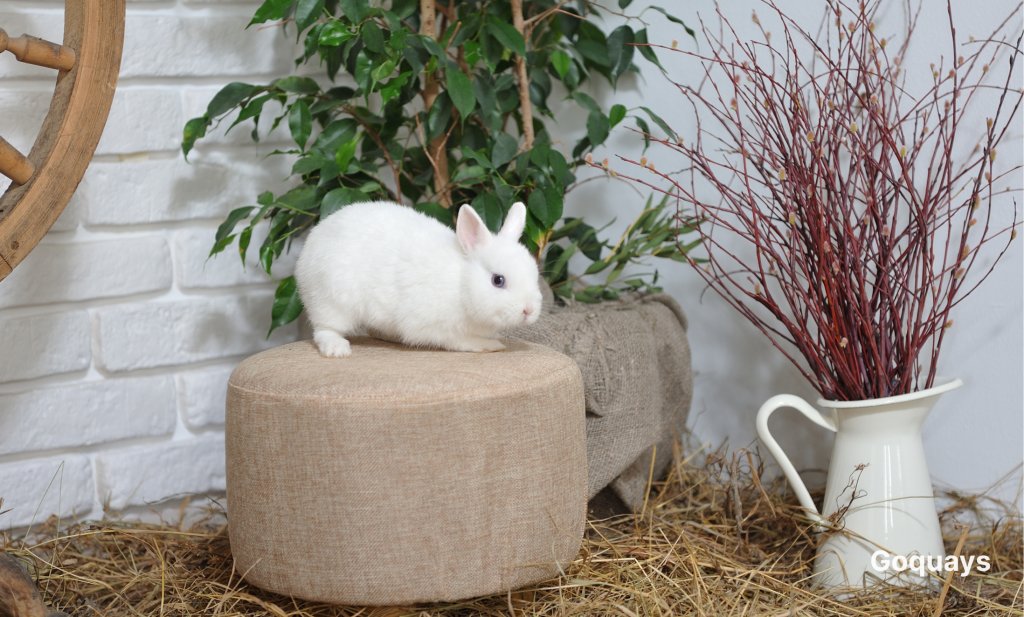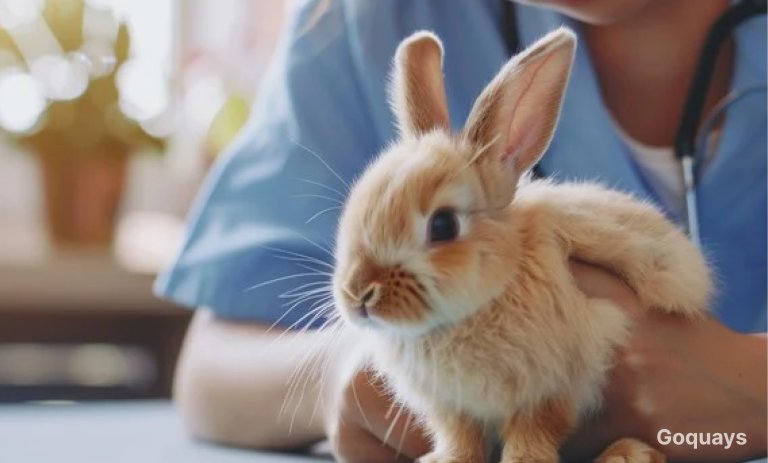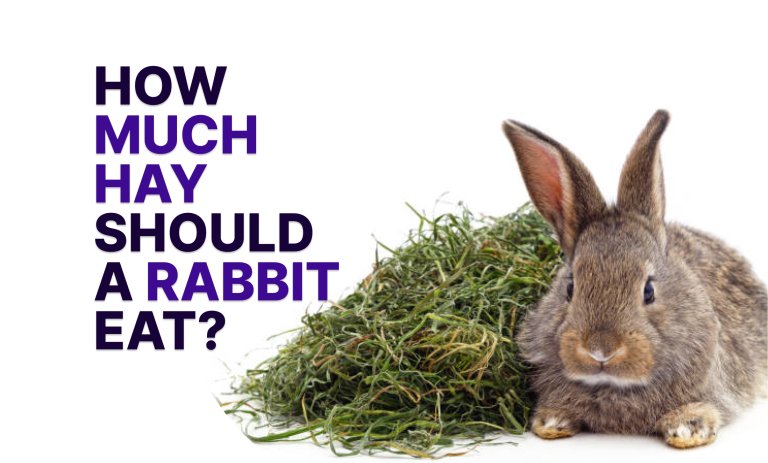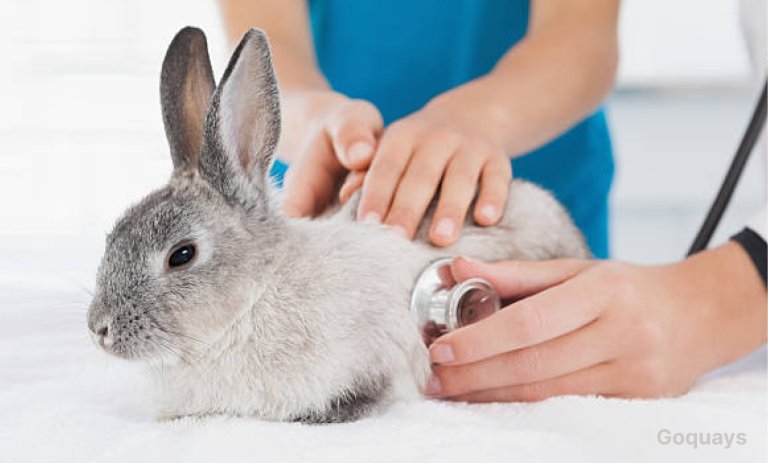Rabbits are inquisitive, active, and highly adept at getting into places they shouldn’t so it is important that you rabbit-proof your home. They are such adorable companions because of their playful behaviour, but it may also be dangerous for them and your house. Rabbit-proofing is a crucial step in giving your rabbit a secure, stimulating habitat in which they can explore without fear of injury.
It’s a thrilling and heartwarming experience to welcome a pet into your home. The reason rabbit-proofing your house is so important is that these curious animals love to explore. Rabbits love digging, biting, and squeezing into small areas and may discover hidden dangers in your home, even if they appear safe at first.
Common objects, such as electrical cables and houseplants, can present significant threats. The good news, though? You can create a secure, enriching environment where your rabbit can live freely and happily with a little planning and a few smart changes in your home. We’ll go over all you need to know in our detailed guide on rabbit-proofing your space, which will simultaneously safeguard your pet and your house.
Why Rabbit-Proofing is Important
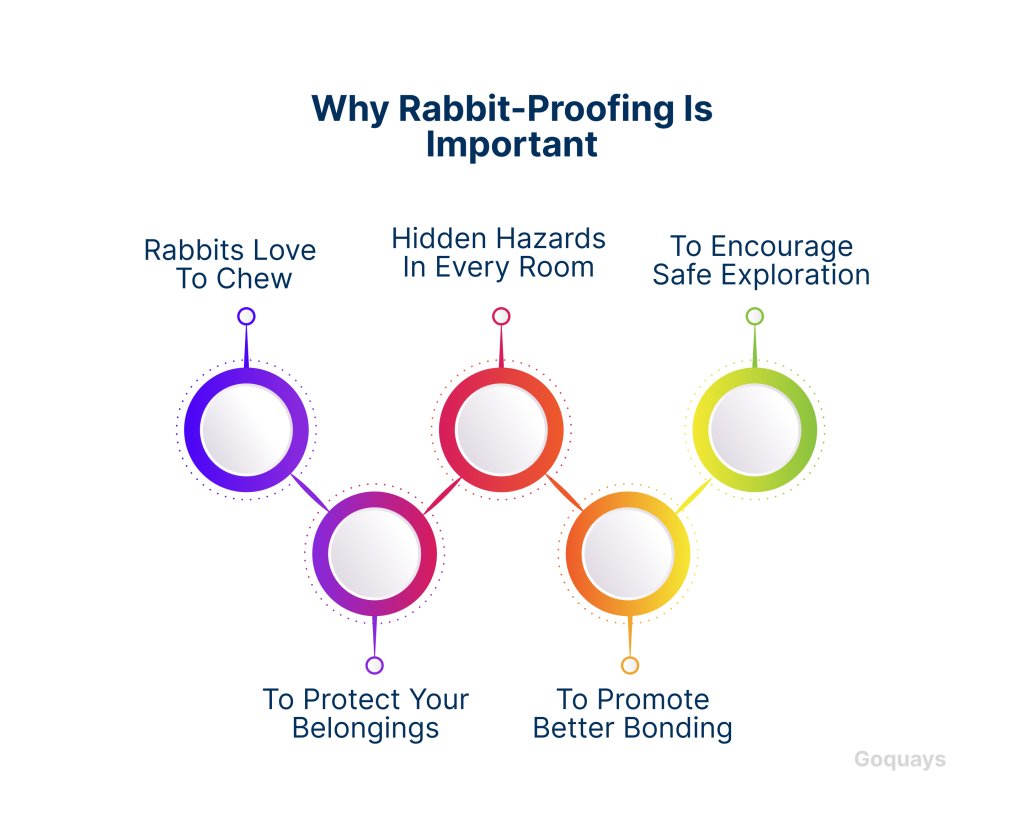
In order to keep your rabbit safe, happy, and healthy, rabbit-proofing your home is essential, this is because rabbits often get into problems due to their innate curiosity. Because of their strong, continuously growing teeth, love of digging, chewing and natural tendency to hide and burrow, bunnies can easily find themselves in dangerous situations if your home isn’t ready for their adventure. Here are some of the reasons why rabbit-proofing is important:
- Rabbits Love to Chew
For rabbits, chewing is a natural and essential habit that helps them manage their teeth and pass the time when they’re bored. They will, however, gnaw on anything within their grasp if there is no hay to chew, including baseboards, rugs, walls, wooden furniture, and electrical cords. In addition to causing damage in your home, this can seriously endanger your rabbit, especially if they chew through a live wire or consume toxic materials.
- Hidden Hazards in Every Room
A living room may appear completely safe to you, but to a rabbit, it can be full of hazards such as:
- Small objects that could be swallowed or choked on
- Loose cables that could electrocute them
- Tiny spaces behind furniture that could trap a rabbit
- Tiny gaps behind furniture that could trap a rabbit.
Without adequate rabbit-proofing, your home becomes a labyrinth of potential dangers.
- To Encourage Safe Exploration
Because rabbits are intelligent, active animals that require stimulation and space to move around, a well-proofed home allows them to explore and play without constant supervision or concern. Once they are safe, you can unwind and enjoy their eccentric personalities without worrying about what they will chew next.
- To Protect Your Belongings
The truth is that rabbit-proofing your home is not beneficial to your pet alone, it also saves you from the frustration and expense of replacing damaged wires, chewed furniture, or torn carpets. A few precautionary measures that you take today can save you hundreds of pounds in the long term.
- To Promote Better Bonding
Your rabbit is more likely to relax and interact with you when they feel safe in their surroundings. Rabbit-proofing fosters trust because it gives you peace of mind that your bunny is safe and teaches them that they can explore. It’s a win-win.
Benefits of rabbit-proofing include:
- Preventing Injuries and complications
- Protecting your belongings from chewing and digging
- Creating a stress-free environment for both you and your bunny
- Allowing more freedom for supervised roaming
Creating a home where your rabbit is safe means fewer emergencies, accidents and ultimately fewer vet visits, rather happy bunnies and peace of mind for you.
Preventing Rabbit Accidents at Home
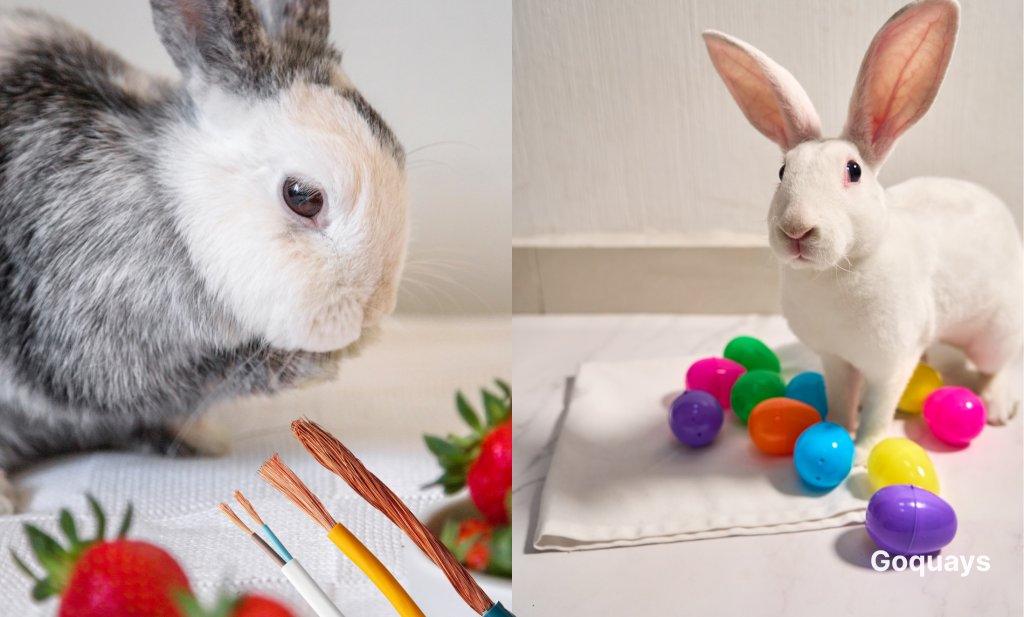
Preventing accidents at home is a key part of keeping your rabbit safe, happy, and healthy. This begins with understanding the most common risks in your home and how to prevent them.
Cover and Secure All Electrical Cables
Rabbits instinctively chew to keep their teeth worn down, and electrical cables are one of their favourite (and most deadly) objects. A single bite could induce electrocution or burns. Use plastic tubing, protective cord covers, or secure cables completely out of reach by tucking them behind furniture or raising them off the ground.
Block Access to Tight Spaces
Bunnies love squeezing into tiny gaps behind furniture or appliances, where they might get stuck or chew something dangerous. Use barriers, baby gates, or block off tight spots with furniture or storage boxes to limit access.
Keep Household Chemicals and Medication Out of Reach
Keep medicines, cleaning supplies, and pesticides in locked drawers or high cabinets. If consumed, even trace amounts of these drugs can be lethal to rabbits. Never leave open containers on low shelves or the floor unattended.
Get Rid of Toxic Plants
Many common houseplants are dangerous for rabbits. Plants such as lilies, philodendrons, ivy, and aloe vera. Keep only plants that are safe for rabbits to grasp, such as spider plants, basil, or mint, or put all other plants on high shelves out of reach.
Protect Furniture and Baseboards
Wooden furniture legs, corners, and baseboards are excellent places for chewing. Use pet-friendly deterrent sprays, plastic covers, or corner guards to keep these locations safe. Keep safe substitutes close by, like chew toys or willow twigs.
Be Mindful of Slippery Floors
If a rabbit slips and slides on laminate, tile, or hardwood flooring, it could hurt its spine or legs. To improve their grip and softness, especially in play areas or high-traffic areas, lay down rugs, mats, or soft play flooring.
Close Doors and Windows
Even with screens, you should never leave windows or balcony doors open. Rabbits can slip out or push through. When your rabbit is out and about, make sure all doors are firmly closed and use window guards.
Supervise Interaction with Other Pets
Never assume that your rabbit and your dog or cat are always safe together, even if they get along well. Even a curious cat swipe can hurt a bunny, and dogs may chase or play too rough. Safe zones and supervised introductions are crucial.
Keeping these risks in mind as you go through your home will help you protect your rabbit effectively.
Step-By-Step Guide to Rabbit-Proofing You Home
Rabbit-proofing your home may sound like a huge task, but breaking it down into easy, achievable steps makes the procedure much easier and more effective. Whether you’re preparing a single room or your whole house, this guide will help you establish a safe and enriching environment for your furry friend.
Step 1: Choose a Designated Area
Select a location where your rabbit will spend the majority of their time before allowing them to explore freely. This could be a rabbit enclosure, a single room, or a bigger space under supervision.
Tips:
- Choose a space with little foot traffic that is quiet.
- Make sure there is plenty space for your rabbit to hop, stretch, and play
- Stay away from rooms with a lot of electrical outlets or thick carpeting.
Step 2: Secure Electrical Cables
Electrical wires including phone chargers are some of the most dangerous things a rabbit can chew. Protecting them is crucial. Use;
- Cable protectors or cord covers
- Run wires through PVC piping
- Place cords out of reach by mounting them higher up the wall
Step 3: Block Off Tight Spaces and Hiding Spots
Rabbits are skilled at squeezing into tight spaces, such as behind furniture, under beds, or behind appliances, you should do the following:
- Close off dangerous areas with playpen panels or baby gates
- Use storage boxes or cushions to fill in spaces behind furniture
- Secure access beneath beds or sofas if these areas could trap your rabbit.
Step 4: Remove or Secure Hazardous Items
Your bunny’s curiosity knows no bounds, so ensure that anything that is potentially dangerous is kept out of reach. These include:
- Toxic house plants
- Small objects that can be swallowed
- Cleaning supplies and chemicals
- Human food, especially chocolate, onions, and bread.
Step 5: Protect Baseboards, Furniture, and Rugs
These are easy targets for your bunny’s teeth if they are not protected. You can prevent your rabbits from chewing or destroying them by:
- Attach corner protectors or plastic guards to baseboards.
- Make use of slipcovers or furniture covers.
- Install chew-proof mats in carpeted or rug-covered areas.
- Provide safe substitutes, such as chew toys made for rabbits or untreated wood blocks.
Step 6: Create Enrichment and Safe Play Zones
A rabbit that is well-stimulated is less prone to misbehave. Offer entertaining and interesting substitutes. Such as;
- Cardboard boxes, tunnels, and hiding places.
- A litter box in a convenient, quiet area
- Hay racks and digging boxes
- A range of chew toys composed of willow, applewood, or loofah
Step 7: Monitor and Modify Over Time
Rabbits will always discover new methods to explore, no matter how hard you try. Watch them and make any necessary setup adjustments.
Tips:
- Watch their behaviour and identify any reoccurring trouble areas.
- To maintain a new atmosphere, rotate toys and accessories.
- Every few weeks, check your area for wear and any risks that you may have missed.
Your rabbit can live happily and be safe to explore in your home if you follow our step-by-step guide. The benefits of rabbit-proofing include increased bonding and peace of mind, but you must remember that it’s an ongoing process and you must periodically access your set to ensure there are no loopholes.
Raising a Safe and Happy Bunny
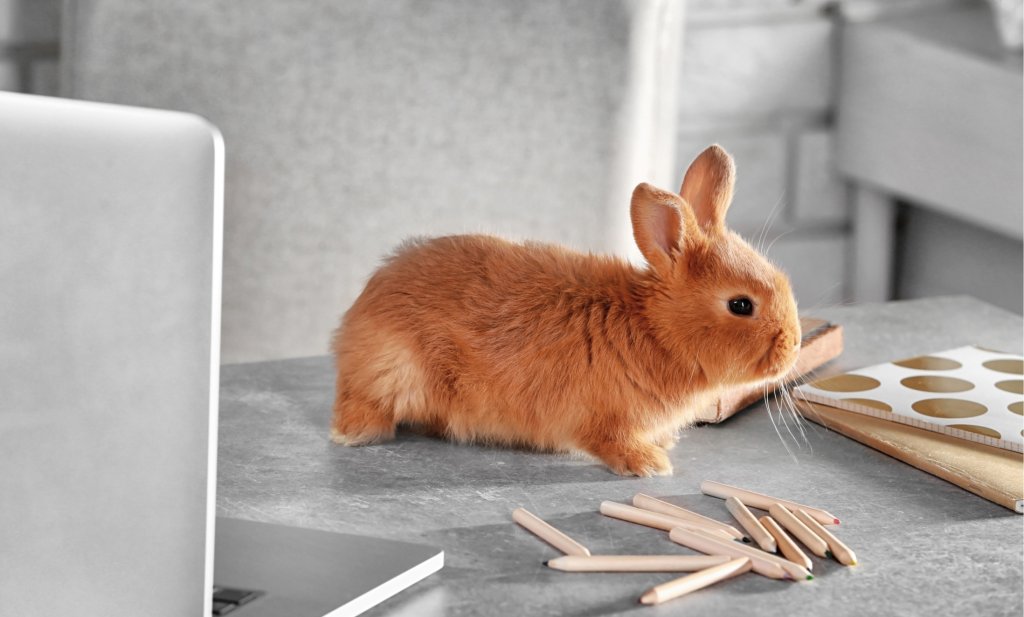
By eliminating the dangers and providing resources for enrichment in your home, you’re not only protecting your rabbit from harm but also actively improving their quality of life. A safe, bunny-friendly environment allows your rabbit to express natural tendencies like hopping, digging, chewing, and stretching out in comfort, all of which lead to a healthier, happier pet.
Rabbit-proofing your home isn’t just about keeping your belongings intact; it’s about creating a nurturing, safe space where your rabbit can thrive. These gentle, intelligent animals deserve more than just a cage or hutch; they need freedom to explore, room to play, and an environment that promotes their growth.
Keep in mind that rabbit-proofing is a continuous process. Your bunny’s curiosity will only grow as they mature and gain self-assurance. Observe and modify as necessary, and let their safety and wellbeing be at the center of all your decisions.
In return you’ll gain a stronger relationship with your rabbit, as well as fewer mishaps around the house and the satisfaction of seeing your pet live their best indoor life, one safe hop at a time.

